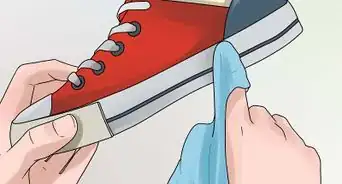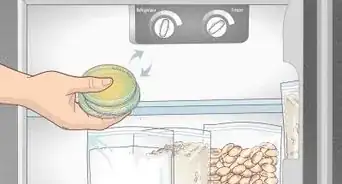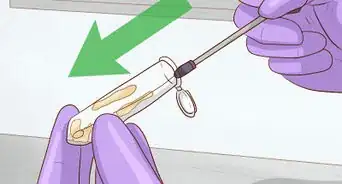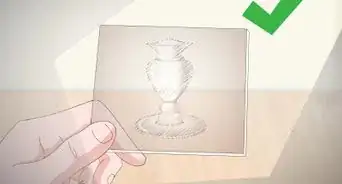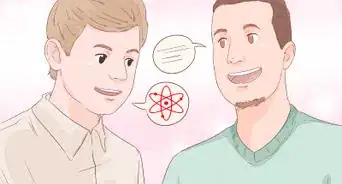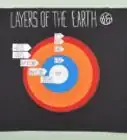This article was co-authored by wikiHow staff writer, Aly Rusciano. Aly Rusciano is a Creative Writer based outside of Nashville, Tennessee. She has over ten years of experience in creative, academic, and professional writing. Aly’s writing has been nationally recognized in the Sigma Tau Delta Rectangle and featured in Blue Marble Review, The Sunshine Review, PopMatters, and Cathartic Literary Magazine. She graduated from The University of Tennessee at Martin with a BA in English, focusing in Creative Writing and minoring in Theatre.
There are 9 references cited in this article, which can be found at the bottom of the page.
Learn more...
Did you know that there are 3 types of ways heat moves? Conduction, convection, and radiation all play an important part in heat transfer. So, what are they and what do they do? We’ve got all the science-y mumbo jumbo to explain all the ins and outs of these fascinating concepts. If you want to learn why and how heat works, keep reading.
Things You Should Know
- Conduction transfers heat through physical contact as molecules collide with each other. Your laptop getting hot in your lap is proof of this.
- Convection generates heat through moving fluids like liquid and gas—think of a boiling kettle.
- Radiation emits heat with electromagnetic waves that warm the air, like how you can feel hot under the sun or toasty by a fire.
Steps
References
- ↑ https://youtu.be/YK7G6l_K6sA?t=118
- ↑ https://www.weather.gov/jetstream/heat
- ↑ https://youtu.be/YK7G6l_K6sA?t=155
- ↑ https://youtu.be/YK7G6l_K6sA?t=107
- ↑ https://youtu.be/YK7G6l_K6sA?t=287
- ↑ https://www.weather.gov/jetstream/heat
- ↑ https://youtu.be/bRZwzy0xvhM?t=492
- ↑ https://youtu.be/YK7G6l_K6sA?t=410
- ↑ https://www.utsa.edu/physics/resources/lab-1631/ReflectionRefraction.pdf



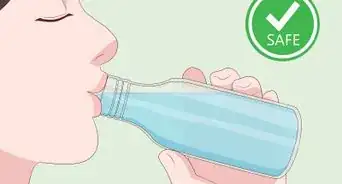
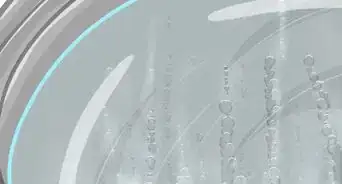

-Electric-Shock-Step-9.webp)

